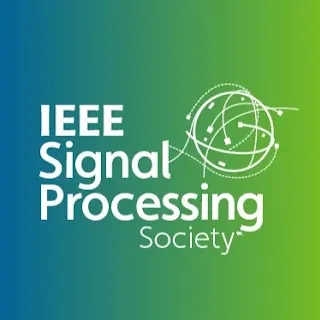On the Foundation of Sparsity Constrained Sensing—Part II: Diophantine Sampling With Arbitrary Temporal and Spatial Sparsity
In the second part of the series papers, we set out to study the algorithmic efficiency of sparsity-constrained sensing. Stemmed from co-prime sampling/array, we propose a generalized framework, termed Diophantine sensing, which utilizes generic Diophantine equation theory and higher-order sparse ruler to strengthen the sampling time (delay), the degree of freedom (DoF), and the sampling sparsity, simultaneously. It is well known that co-prime sensing can reconstruct the autocorrelation of a sequence with significantly more lags based on Bézout theorem.
